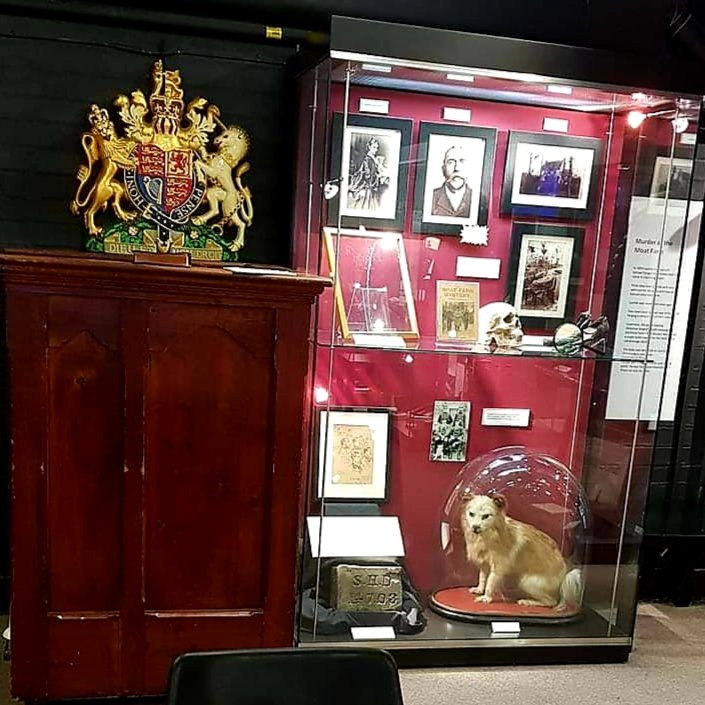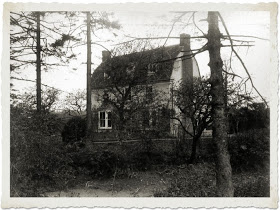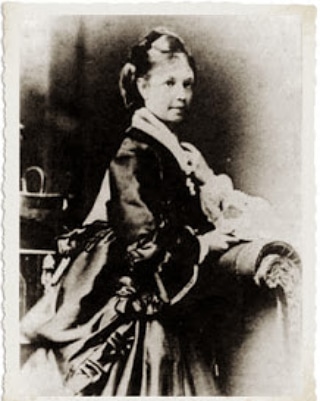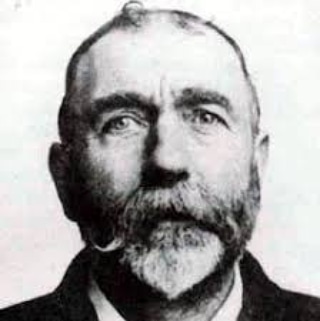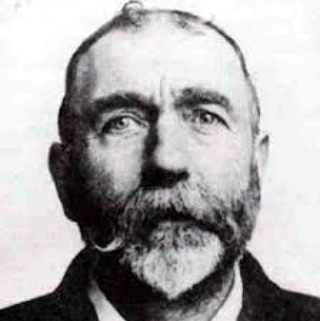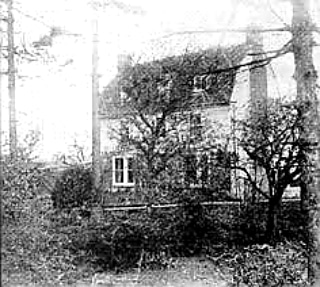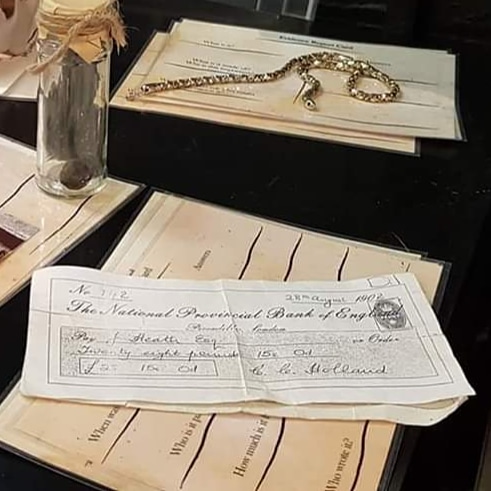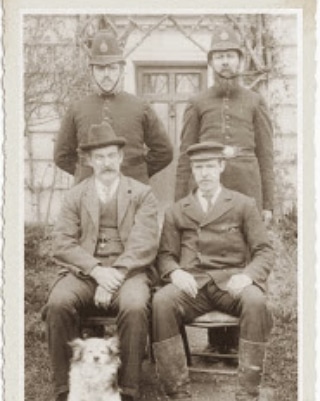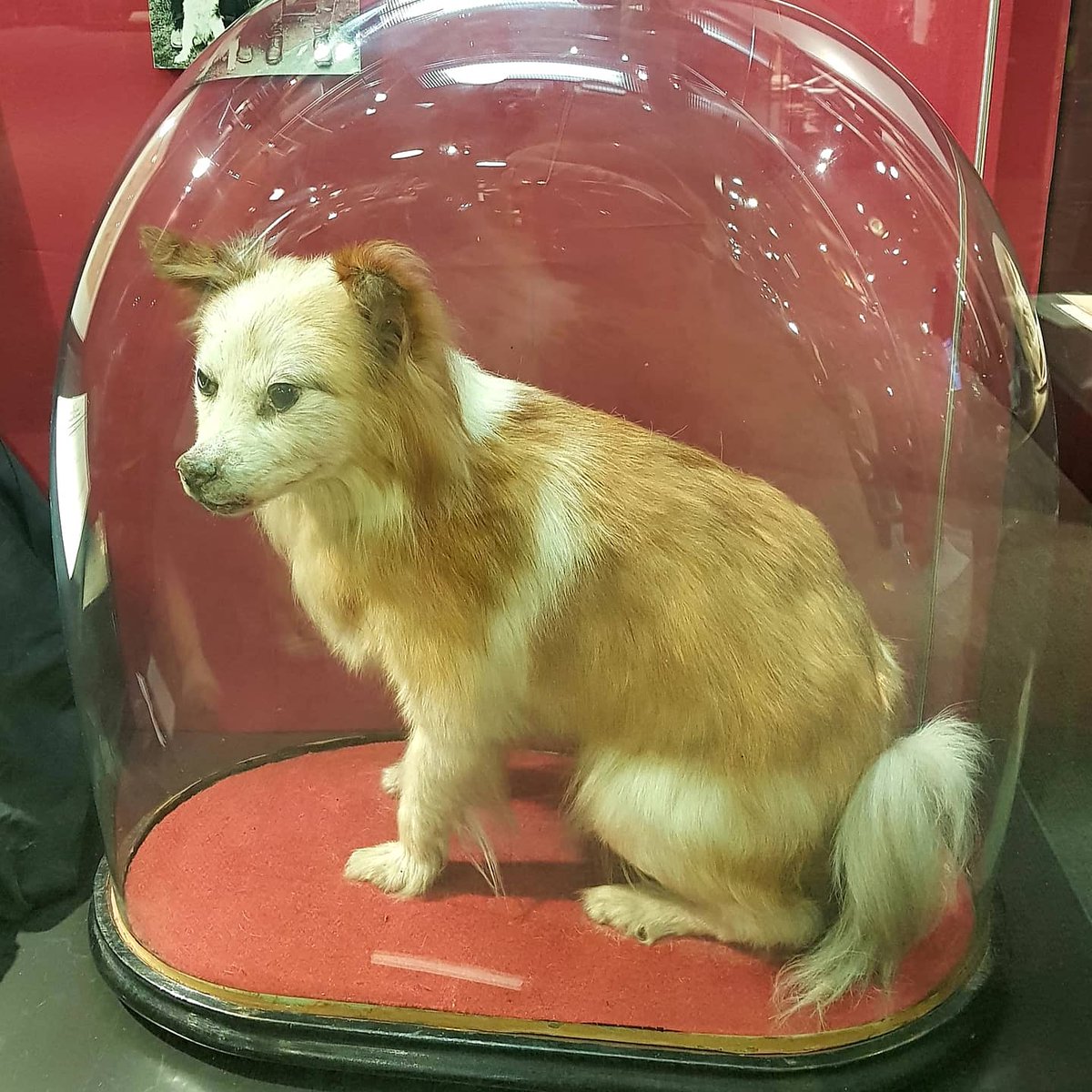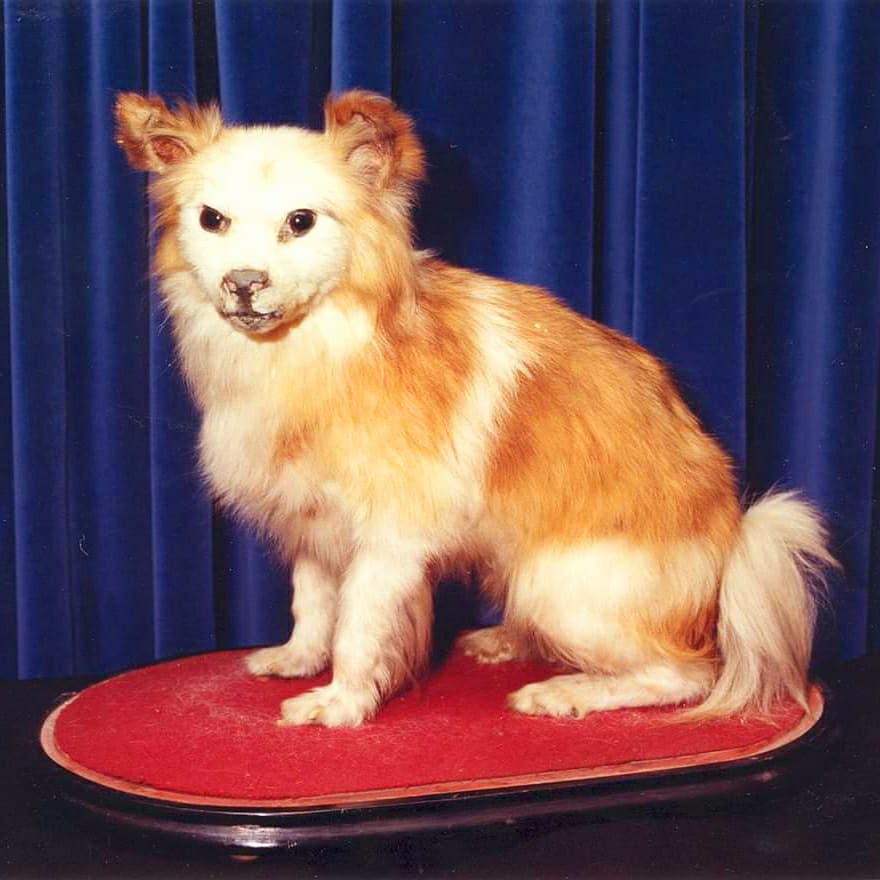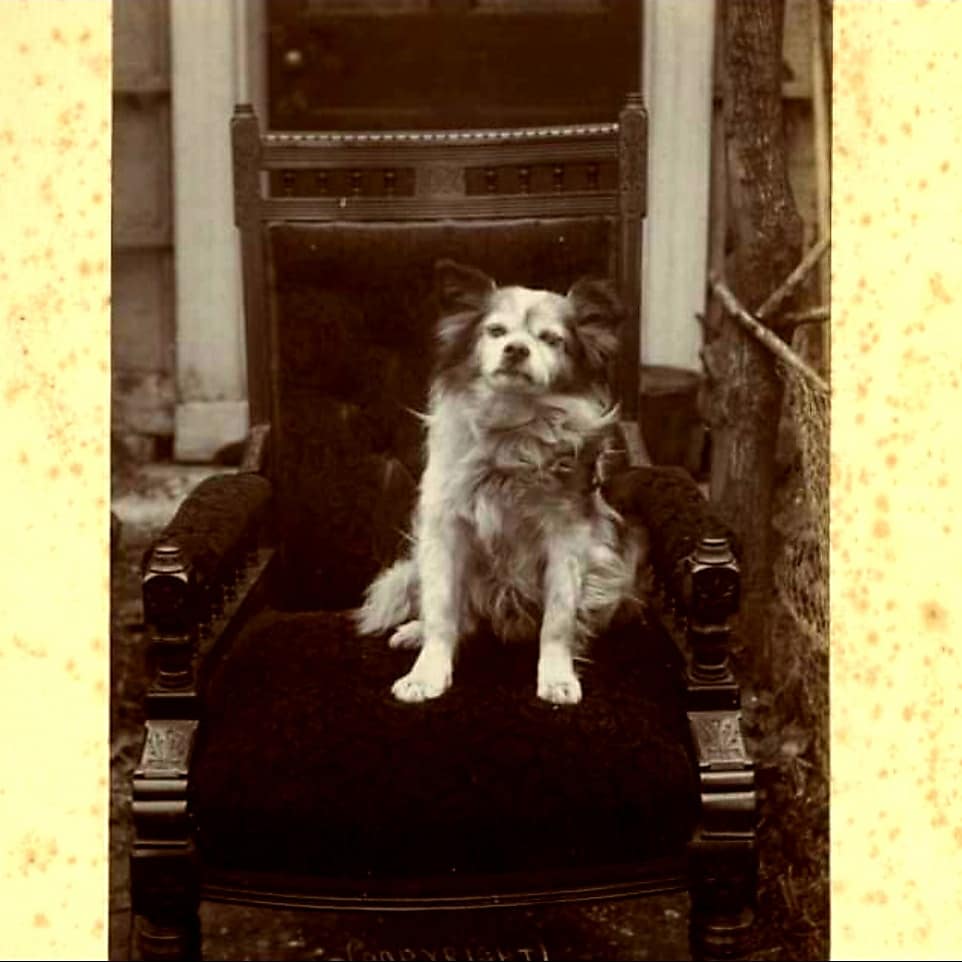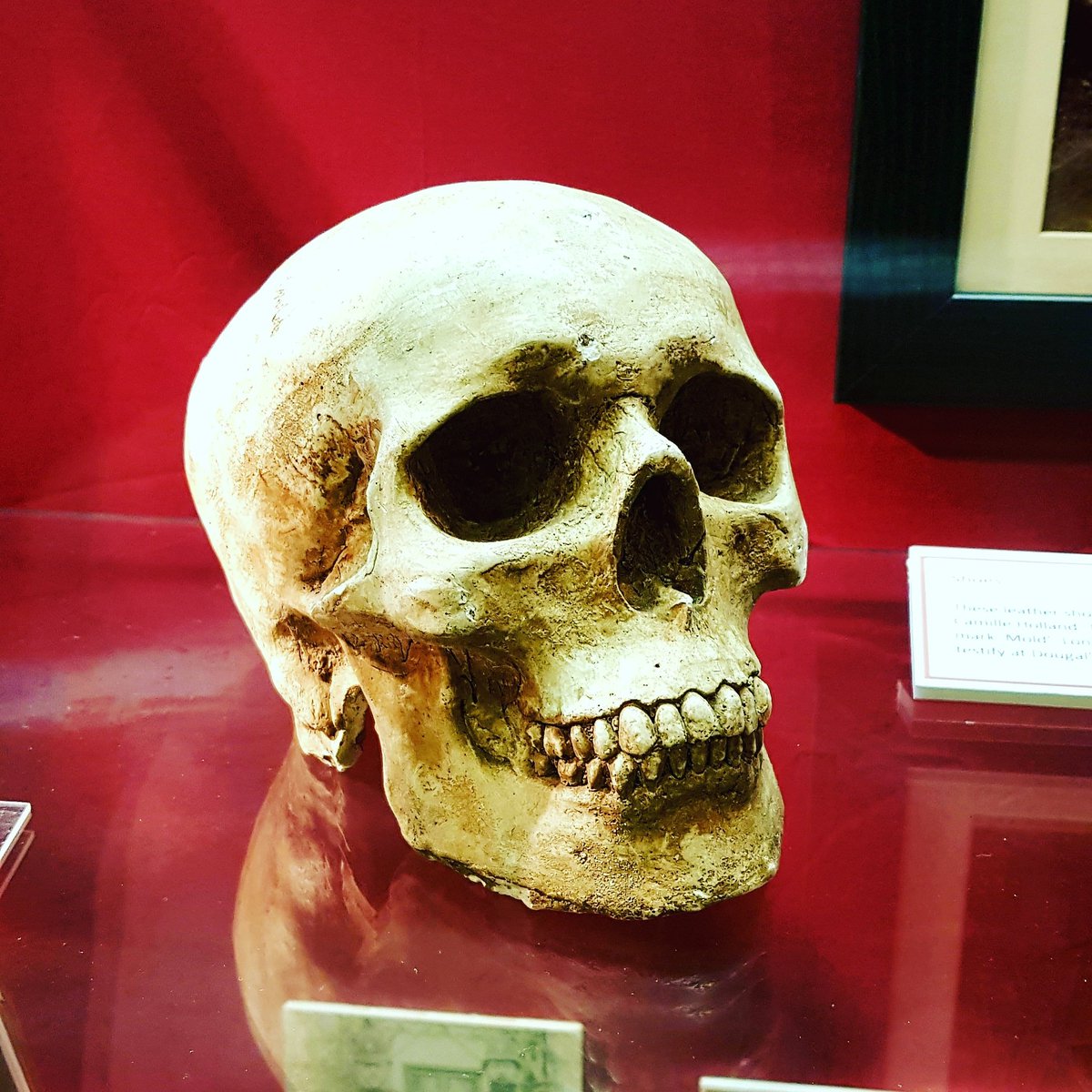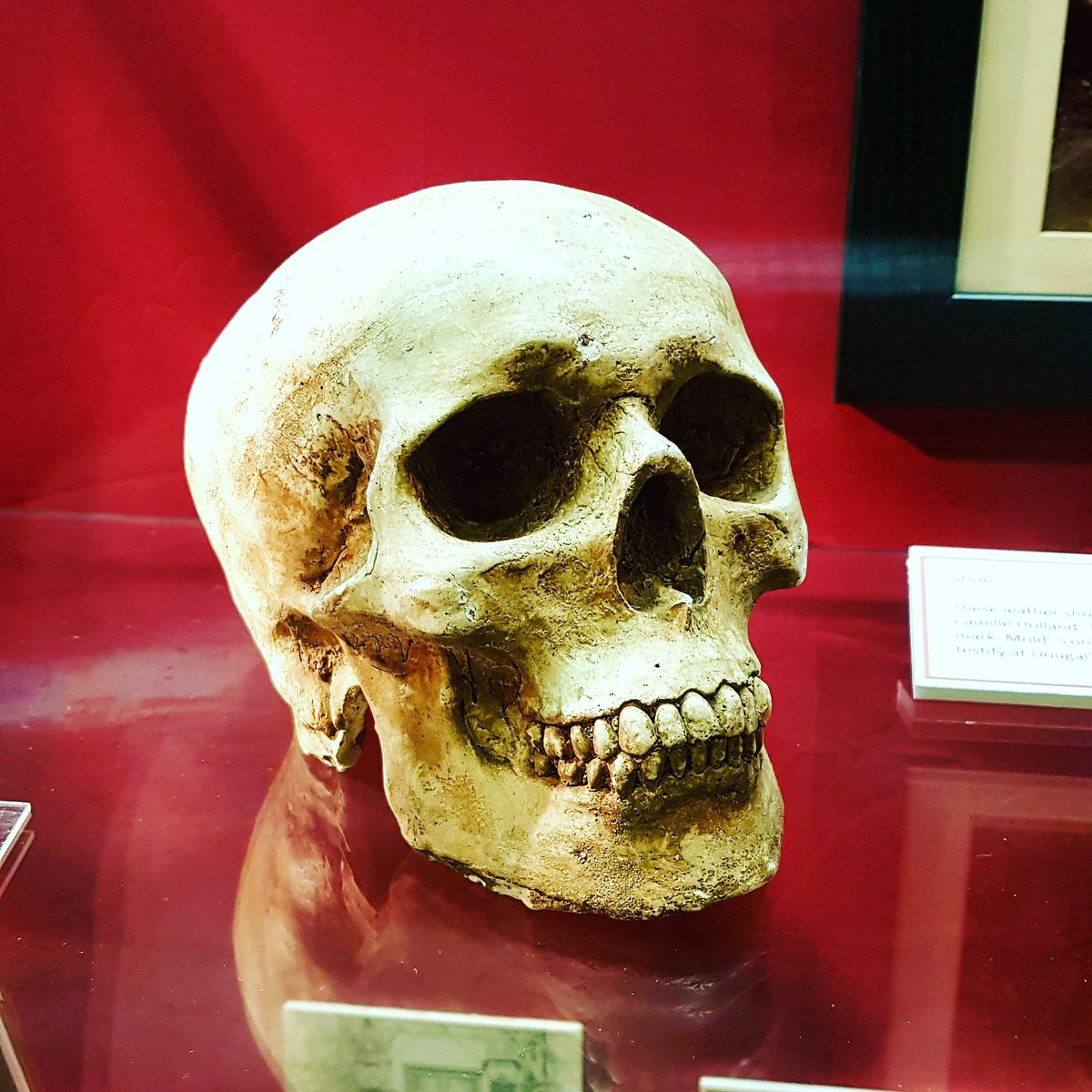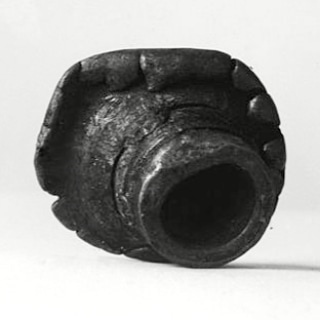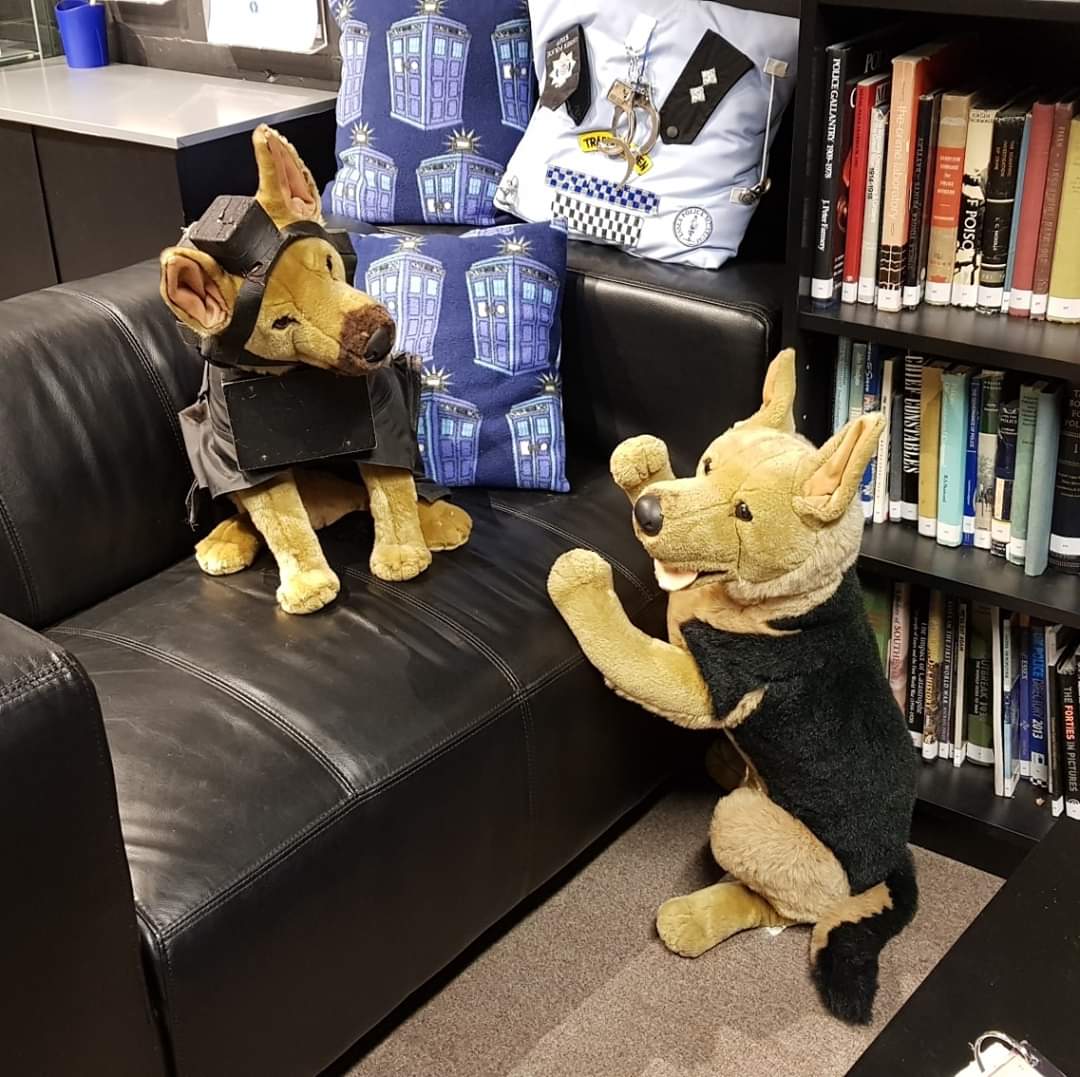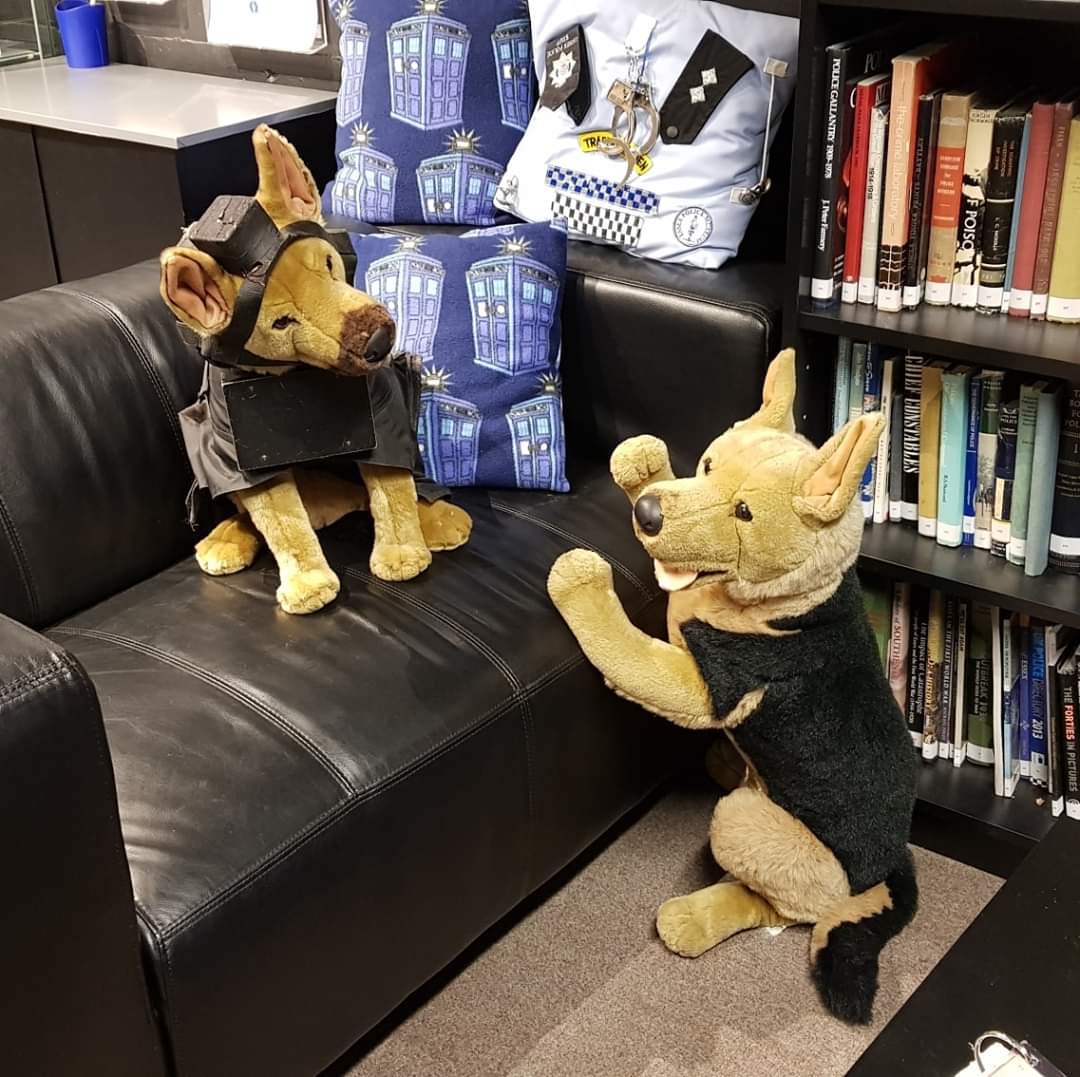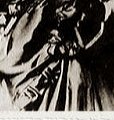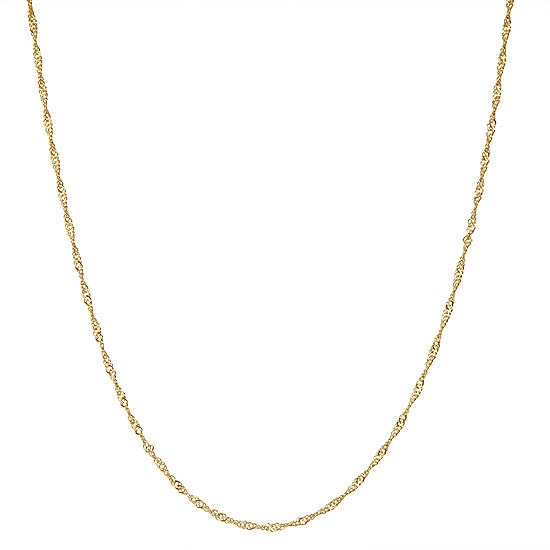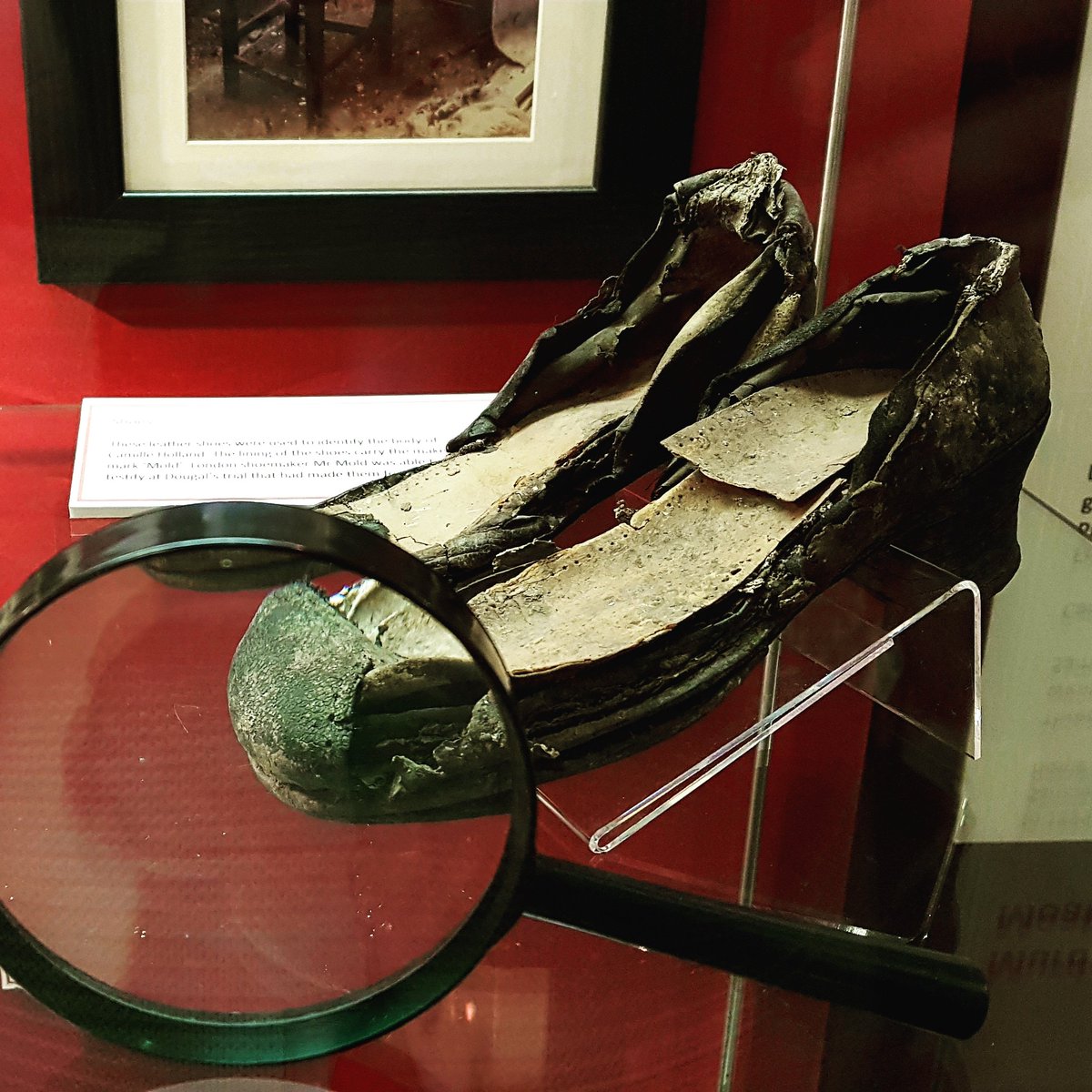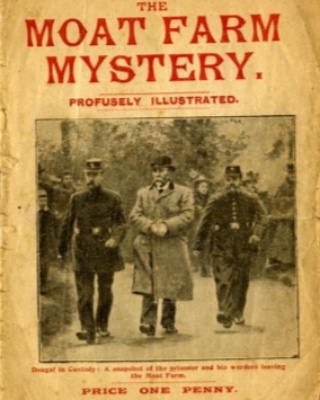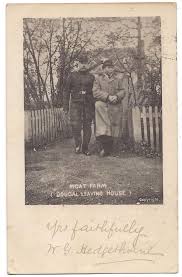The Moat Farm Murder: A #virtualmuseum thread.
This week we& #39;ll look at a real murder & see how investigations have changed over the last century! We& #39;ll also be testing our younger viewers& #39; observation skills with a #KidsCorner activity!
#VirtualMuseumsTogether #MuseumFromHome
This week we& #39;ll look at a real murder & see how investigations have changed over the last century! We& #39;ll also be testing our younger viewers& #39; observation skills with a #KidsCorner activity!
#VirtualMuseumsTogether #MuseumFromHome
The murder at Moat Farm took place in 1899 but the trial & resulting conviction took place 4 years later in 1903! Originally called Coldhams Farm the property in Clavering was renamed & #39;Moat Farm& #39; by a Mr & Mrs Dougal upon purchase. Now we& #39;ll let you in on a little secret...
Mr and Mrs Dougal were not actually married and the property was in Mrs Dougal& #39;s name! Let& #39;s meet the couple...
& #39;Mrs Dougal& #39; was a Miss Camille Cecile Holland. She was an independent woman and at the age of 56 was unmarried and handling her own affairs. Camille was incredibly wealthy with stocks and shares valued at £6000 in the late 1890s. That& #39;s just under £800,000 today!
In the autumn of 1898 she met Mr Dougal and the pair moved into Coldhams Farm the following January. Much to Mr Dougal& #39;s dismay Camille refused his protests and had the property registered in her name. Therefore he did not legally own any part of it.
Mr Dougal was Samuel Herbert Dougal, a serial womaniser. He had a successful career in the army, reaching the position of Chief Clerk in the Royal Engineers. While in the army he spent 9 years in Nova Scotia. During this time he lost 2 wives in quick succession.
Samuel& #39;s 1st wife died in 1885 after a sudden illness. 2 months later he remarried but she died 3 months into the marriage. In 1895 he was convicted of forgery in Dublin & sentenced to 12 months hard labour. 2 months into it he was transferred to an asylum for the remainder.
At 18.30 on 19.05.1899 Samuel and Camille went out in the pony & trap. At 20.30 Samuel returned saying Camille had gone to London & would return later that night. For the rest of the evening he was in & out of the house.
He finally returned at 12.45am telling the maid to go to bed as Camille had not returned.
When the maid came down to start her chores at 7am the next morning, she was surprised to find Samuel already up, dressed and eating breakfast.
When the maid came down to start her chores at 7am the next morning, she was surprised to find Samuel already up, dressed and eating breakfast.
He told her that he had received a letter from Camille saying she had gone on holiday. This was of little consequence to Florence who had already arranged for her mother to collect her that morning. Her mother arrived promptly, Florence collected her wages and left.
Samuel was not on his own for long. He employed a new maid, Emma, and was joined by another & #39;Mrs Dougal& #39; who was, in actual fact, his third wife. Over the next 4 years, Samuel continued to live at the farm and enjoyed a number of liaisons with different women in the village.
He became part of the local community, attending church regularly & giving generously to local causes such as the enlargement of the churchyard & the interior redecoration of the church.
How was it that Samuel, who had no visible means of support, could afford to be so generous?
How was it that Samuel, who had no visible means of support, could afford to be so generous?
The answer came in March 1903 when Samuel was charged with forgery. This time he had a suspicious cheque, value £28 15s. It was dated 28.08.1902, was payable to a & #39;J Heath& #39; & supposedly signed by Camille. Interest in her whereabouts was rekindled, prompting a police investigation
On 19th March 1903 officers "took possession" of Moat Farm to conduct their investigations. Took possession was an accurate description! Officers lived there, ate there and slept there to get an idea of the general comings and goings.
They also made friends with Camille& #39;s dog Jacko (more about him in the next post)! Eventually they found a body buried in a drainage ditch. The officers now had to identify it!
Jacko is our resident self isolation champ! You may notice he lives inside a glass dome in our display cabinet. This is to protect both him and us! It stops insects nestling in Jacko& #39;s fur and protects us from the chemicals used in taxidermy, which can include arsenic!
Jacko was Camille& #39;s faithful pet dog and went on to live with her friend after the Moat Farm trial. He died of natural causes and, as was common for the time, was taxidermied! He may even have witnessed the murder.
On to the evidence...Exhibit A, the body.
Officers at the time had the skeletised remains of a body. From this they could find out 3 things:
1) The person was short in height
2) The skull had a hole in it, consistent with a bullet wound, suggesting the person had been shot.
Officers at the time had the skeletised remains of a body. From this they could find out 3 things:
1) The person was short in height
2) The skull had a hole in it, consistent with a bullet wound, suggesting the person had been shot.
3) The skull held a full set of teeth, including the wisdom teeth, meaning the person was an adult.
With advancements in science & technology we could find out even more things today. Can you think of any?
*The skull is a prop. Our collection policy doesn& #39;t allow human remains.
With advancements in science & technology we could find out even more things today. Can you think of any?
*The skull is a prop. Our collection policy doesn& #39;t allow human remains.
Exhibit B! A fired bullet was found with the body, supporting the idea that the hole in the skull was indeed a bullet wound. Officers at the time couldn& #39;t match the bullet with the specific gun it was fired from. Can you think of any further evidence we could get in modern-day?
#KidsCorner time! Officers need to have good observation skills to spot the smallest pieces of evidence. PD Buster and PD Fido have a challenge to test your skills! (1/2)
Look around where you live. Can you find something beginning with each of these letters? You can& #39;t use the same object for repeated letters.
M O A T F A R M
Share your findings with us!
(2/2)
M O A T F A R M
Share your findings with us!
(2/2)
Exhibit C
Some ruffled fabric was found on the lower legs of the body. There was a lot of material, which flowed into a gathered style.
Officers concluded this was likely to be the bottom of the skirt of a dress rather than trousers, suggesting the body was female.
Some ruffled fabric was found on the lower legs of the body. There was a lot of material, which flowed into a gathered style.
Officers concluded this was likely to be the bottom of the skirt of a dress rather than trousers, suggesting the body was female.
Exhibit D...a ladies gold necklace!
A ladies gold necklace was found on the body. This gave some excellent clues:
1) The owner would be wealthy as it would have been expensive
2) The owner was likely a lady
A ladies gold necklace was found on the body. This gave some excellent clues:
1) The owner would be wealthy as it would have been expensive
2) The owner was likely a lady
By this point officers suspected the body could be Camille, so they asked her nephew to identify the necklace. He did indeed confirm that it was hers, and further evidence would support this.
*not the actual necklace*
*not the actual necklace*
Exhibit E...the shoes!
At the end of last week we challenged you to guess the object based on it& #39;s close up. It was the shoes! These are the actual shoes that were found on the body and were fundamental to identifying the person!
At the end of last week we challenged you to guess the object based on it& #39;s close up. It was the shoes! These are the actual shoes that were found on the body and were fundamental to identifying the person!
Upon finding the shoemaker& #39;s mark on the soles officers took them to the shop. Mr Mold was not only able to confirm that he made the shoes, but could tell us precisely who he made them for!
They were custom made owing to the owner& #39;s small shoe size, a size 2, something that was so unusual for an adult that it stuck in the shoemaker& #39;s mind. The owner? Camille Cecile Holland!
The case gained huge public interest and Moat Farm was flooded with visitors to see the place where the body was found. Souvenir pamphlets and postcards like the one below were sold and snacks were available from the street vendors. Not how we would handle a crime scene today!
Officers had enough evidence to ID the body as Camille & that she& #39;d been shot. Samuel denied all knowledge & even suggested the remains weren& #39;t hers! When faced with the evidence he said Camille had committed suicide, but this didn& #39;t account for burial & the wound position.
Further enquiries revealed that Mr Dougal had systematically moved money from Camille& #39;s accounts to his own, sold her stocks & shares & transferred the title of Moat Farm to his name! Police had their motive & he was arrested on suspicion of murder, as seen in the photo.
The trial began in the Spring of 1903 and based on all the evidence we& #39;ve seen, and some other bits too, Samuel was convicted of Camille& #39;s murder. He was hanged at Chelmsford prison on 14th July 1903.
Nowadays we would have lots more evidence too. Can you think of any?
Nowadays we would have lots more evidence too. Can you think of any?
That concludes our #VirtualMuseum this week. Join us again next Saturday, 10am-4pm, for a look into another of our displays!

 Read on Twitter
Read on Twitter